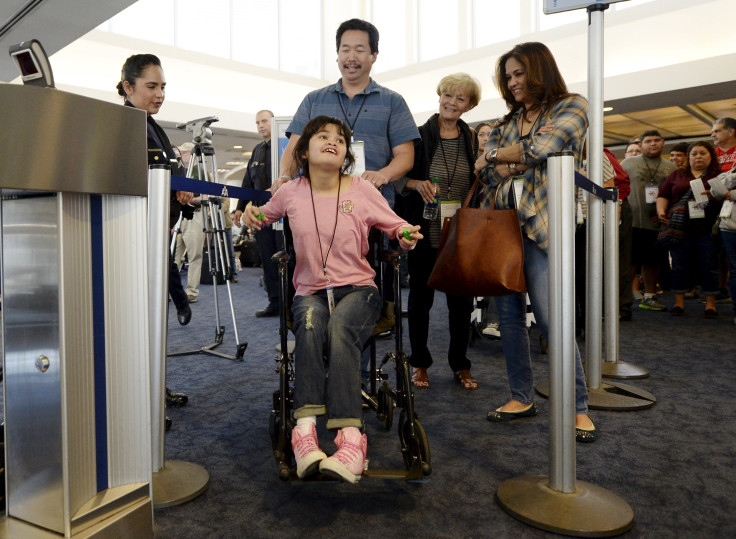Autism eye test: Autism has an eye connection; Scientists to identify disorder in kids via webcam

Autism Spectrum Disorder (ASD) can now be detected early, thanks to a new test developed by scientists from the University of Vermont. The new test will track eye movement in children during conversations. This will help the scientists determine the presence of the disorder, even over the Internet using just a webcam and software.
“What you talk about really matters for children with ASD. You just change a few words by talking about what people do versus how they feel and you can have a profound impact on where eyes go for information,” said lead author of a paper, Tiffany Hutchins.
At present, experts rely on interviews with subjects, clinical observations and interactions with parents about their children’s behaviours to determine the presence of the disorder. However, these methods may take time to determine the condition. Currently, the average age of diagnosis is four years.
The new technique will make children miss “important social cues” as the scientists found out that children with autism focus on the speaker's mouth when emotional subjects are being discussed. The more severe the autism is, the more is the propensity for the child’s gaze to shift from the speaker’s eyes to mouth. The researchers found a direct link between shift of gaze and poorer verbal and intellectual ability.
Eye-tracing technology is being used by the Cleveland Clinic in Ohio. The autistic children are shown a series of videos and images and the experts study how long the children spend looking at the social and non-social features, writes Independent.
“Remote eye tracking is easy to use with young children and our study shows that it has excellent potential to enhance identification and, because it is objective, may increase parents' acceptance of the diagnosis, allowing their children to get treatment faster,” said Dr. Thomas Frazier, a team leader at the Ohio clinic.
He also added that a lack of objective methods to identify autism in children is a serious obstacle in early diagnosis.





















